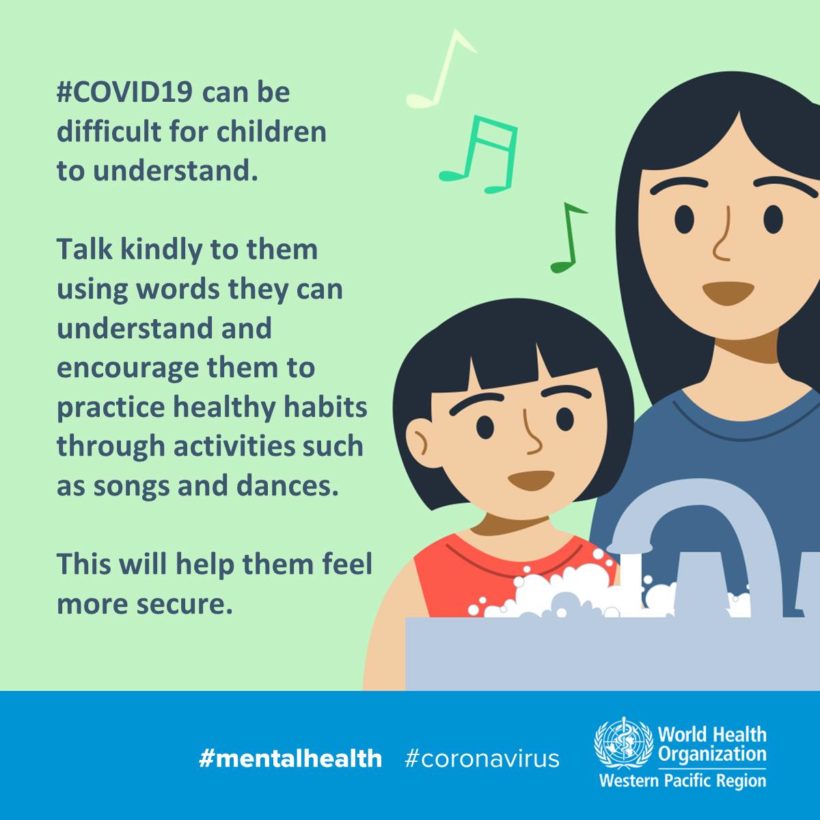The spike in the number of infections, caused to some extent by the end-of-year gatherings and the confusion generated by insufficient and contradictory health measures, marks the beginning of a new page in the calendar. In some countries on the continent, the vaccination campaign for children is continuing with the intention of returning to the classroom and, in other more advanced countries, the fourth dose is already being administered to adults. These emerging measures demonstrate the extent to which governments are responding to the urgent need to regain control of the economy and, with it, a way of life whose characteristics seem to be a thing of the past.
What is not said is how much irreparable damage this pandemic has caused in less developed countries. It avoids digging into the substantial loss of study and work opportunities for the middle segments, and more so for the less advantaged in our societies, where mobility restrictions, the closure of educational and commercial establishments, as well as the drastic reduction in income have led to a strong downward overlapping of the different social strata. Moreover, the negative impact on quality of life has crossed the entire universe, from high-income families to those surviving in extreme poverty.
But if adults react with fear to the uncertainty of the immediate future, it is easy to imagine how much of that anguish permeates through to the rest of the family, especially young people and children whose routines have been overturned at a stroke, preventing them from engaging in activities essential in the process of achieving holistic and healthy development. The psychological effect of the pandemic on the child and youth population is an unknown factor, whose consequences on physical and mental health remain to be seen.
In this complex process, fraught with unknowns, there is an accumulation of hypotheses, contradictory opinions of scientists and antagonistic positions of interest groups – including religious leaders who deny the existence of the virus – capable of further confusing a population that is poorly informed and fearful, but above all subject to decisions that are neither agreed nor shared. The authority of governments has been, in this specific case, a trial-and-error trial contaminated by the interests of sectors of power whose least concern is public health and whose greatest interest lies in getting the economy moving, whatever the cost.
The social cost of the pandemic is, to date, difficult to calculate. In some countries of the continent, the bulk of the population lives far from urban centres and without the presence of the state. In other words, they live in a sphere whose indicators are unknown to institutions and where they lack all basic health care resources. As victims of a disease as devastating as that caused by Covid 19 and its variants, their life expectancy is reduced to a minimum. These communities are, for the most part, made up of indigenous peoples who have been historically marginalised, economically and politically disempowered, and constantly besieged in an all-out battle for their land and resources.
To begin to understand the scope of the effects of what is happening in the world today, it is necessary to look further afield, to pay attention to what is happening beyond our immediate surroundings and far beyond our limited concept of society. At the urban frontiers is the beginning of a different reality, whose indicators represent the true profile of our countries. Within cities there is also another frontier, another division illustrative of inequality, and that is the one marked between the adult population and the broad sectors of children and adolescents, more affected than anyone else by this complex and unknown health phenomenon that escapes their understanding and radically alters their lives.






